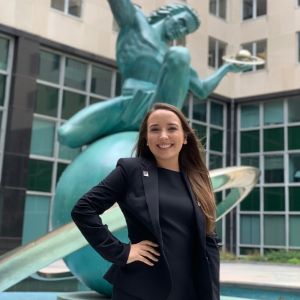About ESL
Learning a new language is daunting. While the language barrier is a struggle amongst itself, the new environment, and various cultural factors put a lot of pressure on students. English Language Learners are the fastest-growing student population in the country. While the number of English language learners is steadily increasing, many educators are not prepared to appropriately educate this population. In fact, only 2.5% of teachers who instruct English language learners have a degree in ESL or bilingual education. The impact is evident. English language learners had dropout rates up to four times that of their native English-speaking peers.
Tutor Me Education’s tutors are heavily experienced in second language acquisition and the skills to facilitate English learning. Many do not truly understand the dynamics of learning a second language, as it commonly believed to be a behavioral development. In fact, language is a cognitive development. Language development primarily has two sectors. The first, is known as BICS, which stands for Basic Interpersonal Communication Skills. BICS involves language skills used in social settings, such as spending time with friends or at home and heavily relies on context and consists of social cues. Understanding and meaning are provided in the given situation due to continuous feedback between participants. English language learners are expected to develop BICS within 1-3 years. Far different from BICS, CALP, which stands for Cognitive Academic Language Proficiency, is considered to be academic or school language. CALP consists of more “abstract and decontextualized” ideas and requires higher-order thinking skills from the student. A student is expected to acquire CALP in about 5-7 years.
Our tutors are aware of the different behavioral implications of acquiring a second language. The child’s age, motivation, personality, development of the first language, and exposure to English are all integral factors in the time it takes for a child to learn English.












